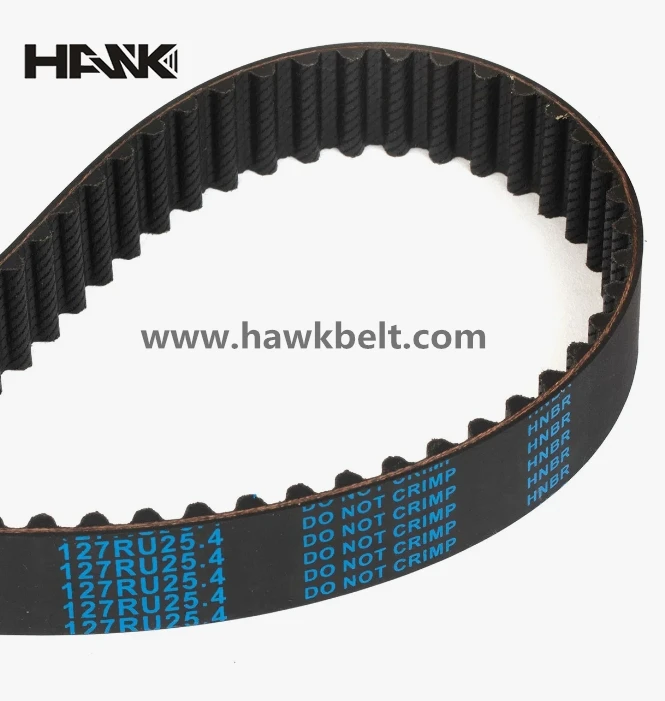- Arabic
- French
- Russian
- Spanish
- Portuguese
- Turkish
- Armenian
- English
- Albanian
- Amharic
- Azerbaijani
- Basque
- Belarusian
- Bengali
- Bosnian
- Bulgarian
- Catalan
- Cebuano
- Corsican
- Croatian
- Czech
- Danish
- Dutch
- Afrikaans
- Esperanto
- Estonian
- Finnish
- Frisian
- Galician
- Georgian
- German
- Greek
- Gujarati
- Haitian Creole
- hausa
- hawaiian
- Hebrew
- Hindi
- Miao
- Hungarian
- Icelandic
- igbo
- Indonesian
- irish
- Italian
- Japanese
- Javanese
- Kannada
- kazakh
- Khmer
- Rwandese
- Korean
- Kurdish
- Kyrgyz
- Lao
- Latin
- Latvian
- Lithuanian
- Luxembourgish
- Macedonian
- Malgashi
- Malay
- Malayalam
- Maltese
- Maori
- Marathi
- Mongolian
- Myanmar
- Nepali
- Norwegian
- Norwegian
- Occitan
- Pashto
- Persian
- Polish
- Punjabi
- Romanian
- Samoan
- Scottish Gaelic
- Serbian
- Sesotho
- Shona
- Sindhi
- Sinhala
- Slovak
- Slovenian
- Somali
- Sundanese
- Swahili
- Swedish
- Tagalog
- Tajik
- Tamil
- Tatar
- Telugu
- Thai
- Turkmen
- Ukrainian
- Urdu
- Uighur
- Uzbek
- Vietnamese
- Welsh
- Bantu
- Yiddish
- Yoruba
- Zulu
ನವೆಂ . 10, 2024 14:57 Back to list
Timing Belt System for Automatic Doors Efficiency and Performance Optimization
Understanding Automatic Door Timing Belts Key Components for Smooth Operation
Automatic doors are a hallmark of modern architecture, providing convenience and accessibility in various environments, from shopping malls and office buildings to hospitals and airports. One of the critical components that ensure these doors operate seamlessly is the timing belt. In this article, we will delve into the function, construction, maintenance, and benefits of timing belts in automatic doors.
What is a Timing Belt?
A timing belt is a reinforced rubber belt with teeth on its inner surface, designed to synchronize the rotation of the door mechanism’s components. This synchronization is crucial in ensuring that the door opens and closes smoothly, without any lag or misalignment that could cause operational issues or pose safety hazards. In automatic doors, the timing belt connects the motor to the door's moving parts, playing a fundamental role in the automation process.
How Timing Belts Work in Automatic Doors
When the motion sensor detects a person approaching the automatic door, it sends a signal to the motor, which activates the timing belt system. The motor begins to rotate, and this motion is transferred through the timing belt, facilitating the movement of the door. Depending on the design, the timing belt can be used in sliding, swinging, or folding door systems, allowing for versatile applications across different types of architecture.
Timing belts come in various designs, tailored to accommodate different sizes and weights of doors, ensuring that they can handle both light and heavy-duty applications. The belt’s toothed design allows for precise movement, eliminating slippage that could occur with non-toothed belts. This precision is essential not only for operational efficiency but also for safety, preventing accidents caused by sudden door movements.
Construction and Material
Timing belts are typically made from high-grade rubber and may include reinforcement materials such as fiberglass or steel cords to enhance strength and durability. The choice of materials affects the belt's resistance to wear and tear, elongation, and environmental factors such as heat and moisture. High-quality timing belts can significantly reduce the frequency of replacements and maintenance, thus minimizing downtime for the automatic door systems.
automatic door timing belt

Maintenance of Timing Belts
To ensure the longevity and reliability of timing belts in automatic doors, regular maintenance is essential. Technicians should monitor the belts for signs of wear, such as cracks, fraying, or loss of tension. Proper alignment and tension are crucial; an improperly aligned or loose belt can lead to slippage and increased wear, potentially resulting in costly repairs.
It is advisable to follow the manufacturer's guidelines regarding maintenance schedules, as well as to replace belts at regular intervals based on usage. Keeping the surrounding components clean, including pulleys and sensors, can also enhance overall system efficiency and extend the life of the timing belt.
Benefits of Timing Belts in Automated Systems
The advantages of using timing belts in automatic door systems are numerous. Firstly, they provide reliable and consistent performance, which is crucial in high-traffic areas. The precise movement facilitated by timing belts improves safety for pedestrians, reducing the likelihood of accidents caused by doors closing unexpectedly.
Secondly, timing belts contribute to the energy efficiency of automatic doors. Since they allow for smooth operation with minimal mechanical resistance, less energy is needed to open and close the doors. This efficiency not only translates into cost savings but also supports sustainability efforts by lowering power consumption.
Additionally, the use of timing belts minimizes noise during operation, contributing to a quieter environment, which is particularly beneficial in settings like hospitals or office buildings where silence is important.
Conclusion
Timing belts are essential yet often overlooked components of automatic door systems. Their role in ensuring synchronized movement, durability, and efficiency cannot be underestimated. By investing in high-quality timing belts and adhering to proper maintenance practices, businesses can enhance the functionality and longevity of their automatic doors, ultimately improving user experience and operational efficiency.
-
Korean Auto Parts Timing Belt 24312-37500 For Hyundai/Kia
NewsMar.07,2025
-
7PK2300 90916-T2024 RIBBED BELT POLY V BELT PK BELT
NewsMar.07,2025
-
Chinese Auto Belt Factory 310-2M-22 For BMW/Mercedes-Benz
NewsMar.07,2025
-
Chinese Auto Belt Factory 310-2M-22 For BMW/Mercedes-Benz
NewsMar.07,2025
-
90916-02660 PK Belt 6PK1680 For Toyota
NewsMar.07,2025
-
drive belt serpentine belt
NewsMar.07,2025

